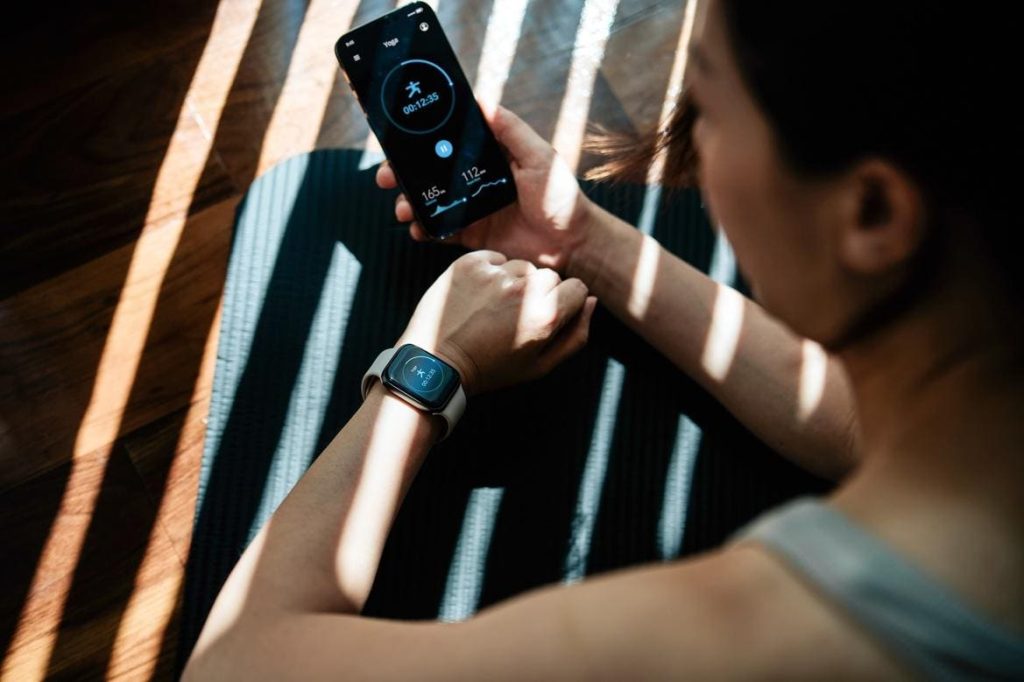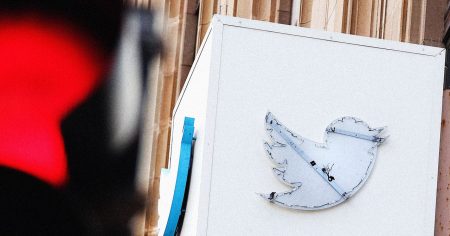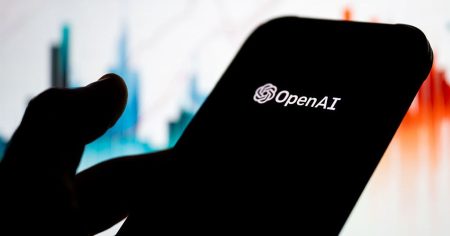Roman is a Chief Operating Officer at AMO, an international IT company focusing on app development, publishing and video production.
The pandemic has made us conscious of our health and wellbeing, and the fitness app market’s rapid rise is proof. Covid may now be behind us, but this global health bug has refused to shift. Since 2019, the number of fitness app users has more than doubled to 749.9 million, with the market tipped to reach a projected volume of $33bn by 2027.
This bodes well for developers in the wellness space—health is wealth, as they say—but with more than 350,000 health-related apps available worldwide, they face plenty of competition. To stand out, developers must delve into the trends and technologies revitalizing the wellness app market and go the extra mile to help users reach their goals.
Women’s Wellness
Empowering women to take control of their health, the female wellness app segment, in particular, has seen steady growth. Today, women are now more likely than men to download health and fitness-related apps. This is a $3.2bn opportunity—representing close to 60% of the total fitness app market—and its value is set to continue growing by an estimated 19.6% annually.
Despite this, women’s health has been historically underserved. The latest Global Women’s Health Index found that nearly 60% of women haven’t seen a healthcare provider in the last year, while 1.5 bn women have not received essential health screenings. Evidently, there is a sizable market for apps that make monitoring and managing women’s health easier.
To capitalize, apps must consider the nuances of women’s health and customize the user experience accordingly. For example, Oura, a leading health technology brand, has added a menstruation prediction tool that uses biosignals to provide a tailored five-day prediction window for its users. Likewise, HARNA, a cycle-based fitness app for women (Full disclosure: AMO is a parent company to HARNA.), considers where a user is in their menstrual cycle to tailor workout routines. With studies having shown that regular exercise can reduce menstrual pain, cramps and mood disturbances, app developers can consider including software to track cycles and suggest what exercises to perform and when, helping women keep active when they’re not feeling 100%.
Wearable Devices
Where most apps can rely on smartphone data to personalize experiences, wellness apps must go the extra mile.
I find one of the best ways to gather insightful health data is through wearables—wearable devices that record and analyze signals from our bodies. These range from the humble smartwatch to innovative solutions, such as Emm, a high-tech tampon that combines biosensors with a sophisticated app to ease the burden of menstrual management. Wearables can offer insight into everything from steps to ovulation days, stress levels, sleep patterns, insulin spikes and more.
Already a $61.3bn market and set to continue growing by 14.6% annually, interest in wearables is growing among consumers, and for good reason. Not only can they provide a more complete view of a user’s health, but watching those numbers rise offers all the motivation users need to reach their goals (and subsequently increases their time spent within an app).
To provide the complete picture users are seeking, developers must ensure that their apps are compatible with the wide range of wearable devices and data sources now available.
Virtual Trainers
Personal trainers help gym-goers to achieve impressive results faster and safely. But what about the 56% of us who prefer to exercise in the comfort of our homes?
Virtual coaching apps replicate the personal trainer through your smartphone. These solutions come in various shapes and sizes: pre-recorded video content, real trainers who guide users through their smartphone cameras, and virtual assistants who mimic the human trainer.
With advancements in artificial intelligence (AI), virtual trainers are taking huge strides forward in terms of authenticity and reliability. Workout performance data can be analyzed in real time to finetune exercise selection and intensity, ensuring every user gets the most out of a session. Virtual running coach app VI Trainer, for instance, uses AI to constantly check the user’s heart rate, speed and distance and offers timely words of encouragement if they fall off the pace.
With the popularity of fitness apps surging, AI offers an opportunity for developers to stand out in a saturated market. Developers can explore computer vision, for instance, which can unlock innovative features, such as human pose estimation, which enables AI to evaluate and correct users’ forms through their smartphone camera. Likewise, machine learning enables AI to continuously learn from a user’s performance and adapt the difficulty level of their workouts, maintaining progress and avoiding workout plateaus.
Advanced Activity Fitness Programs
The average Gen Z spends four hours each day on their smartphone. Yet, while much is made of this generation’s ‘unhealthy’ obsession with tech, they’re open to improving their health through apps. The only catch is they want technology to assist them. Some 94% of Gen Z users are open to using apps on their journey toward improved health, compared to 90% of millennials, 82% of Gen X and 65% of boomers.
But, simply keeping visually physically fit isn’t the picture of perfect health. Physical wellness is more than body weight and fat percentage. There’s also joint mobility, coordination of movements and body flexibility. Then there’s sleep and downtime, mental wellbeing, sexual health, gender identity, social wellness, diet and nutrition.
This holistic perspective requires developers to devise programs that go beyond conventional objectives, such as weight loss or muscle gain. Meditation routines for stress relief, mental wellbeing monitoring tools to keep the mind happy, and community-building features that maintain strong social wellbeing. To put themselves in a healthy position to succeed, fitness app developers must do it all.
Staying One Step Ahead In The Competitive Fitness App Market
The wellness app space is highly competitive, but there’s plenty of room for developers to flex their muscles. From lucrative opportunities such as women’s health to emerging technologies such as AI, those that capitalize on these latest trends will undoubtedly achieve the biggest gains in the coming year.
Forbes Business Council is the foremost growth and networking organization for business owners and leaders. Do I qualify?
Read the full article here










